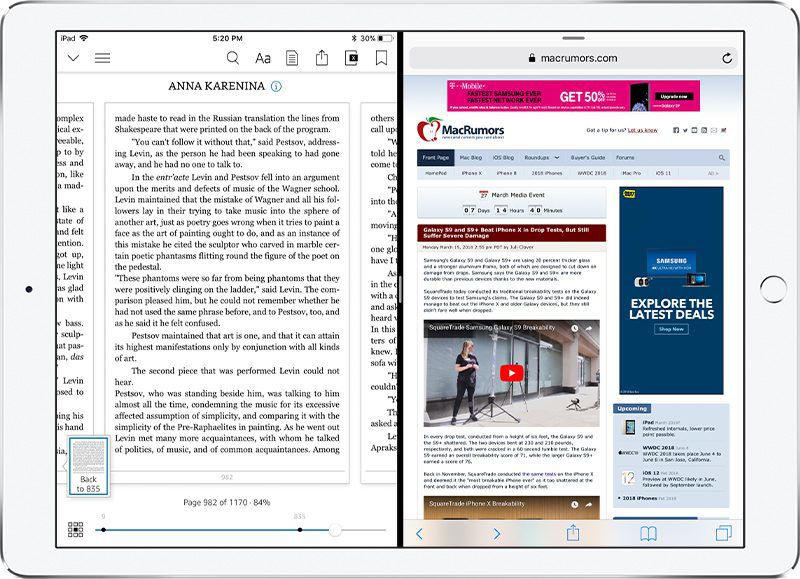iOS 13 and iPadOS 13 add long-awaited support for external drive access in the Files application. This means you can access files on a USB drive, SD card, or hard drive directly from your iPhone. One YouTuber has also discovered that this makes it incredibly easy to manage a Kindle with iOS 13 and iPadOS 13.
Go To Kindle For Mac To Kindle For Ipad 10.2

Download Kindle for macOS 10.10 or later and enjoy it on your Mac. The Kindle app gives users the ability to read eBooks on a beautiful, easy-to-use interface. You may also read your book on your phone, tablet and Kindle e-Reader, and Amazon Whispersync will automatically sync your most recent page read, bookmarks, notes, and highlights, so. Besides some menu layout difference, this mainly refers to the Kindle Store. In PC browser, the Kindle Store of Kindle Cloud Reader links to a normal Amazon site. But on the Safari of iPad, the Kindle Store looks like a native app- UI elements are laid out in big, touchable areas and navigation is designed for the touchscreen user. Turn your phone or tablet into a book with the free Kindle apps for iOS, Android, Mac, and PC. Read anytime, anywhere on your phone, tablet, or computer. Go beyond paper with immersive, built-in features. Download Kindle app for iOS. On your iPad or iPhone, go to the App Store – the app with all applications available for the iOS (iOS is an operating system of the iPad and iPhone). Use the search feature to find the Kindle app. Tap “Get” button, and wait until the download is complete (see screenshot above, on the left).
This isn’t necessarily a surprising discovery; when you plug a Kindle in a Mac, it works just like a USB flash drive. What’s unique, however, is that when paired with Safari’s new download manager in iOS 13, you can download a book and transfer it to your Kindle, all from your iPhone or iPad.
In the video below, YouTuber ‘Napabar’ details how to copy a book from your iPhone to your Kindle using Apple’s Lightning to USB-A adapter. In the video, you can see how to download a free book from Project Gutenberg, transfer it from your iPhone to your Kindle via the Files app, and then read the book on your Kindle.
This is particularly useful if you’re in an area where there’s no WiFi connectivity as you can download the book via your cellular connection, then easily transfer it directly to your Kindle. Typically, you’d have to email the file to your Kindle, which of course you can’t do if there’s no available internet for the e-reader.
As we spend more time with iOS 13 and iPadOS 13, we’ll undoubtedly discover more ways to take advantage of external drive support in the Files app. The feature has been a longtime coming for many people, and there are numerous different use cases for it. What are you most excited for? Let us know down in the comments.
Go To Kindle For Mac To Kindle For Ipad Air 2
FTC: We use income earning auto affiliate links.More.